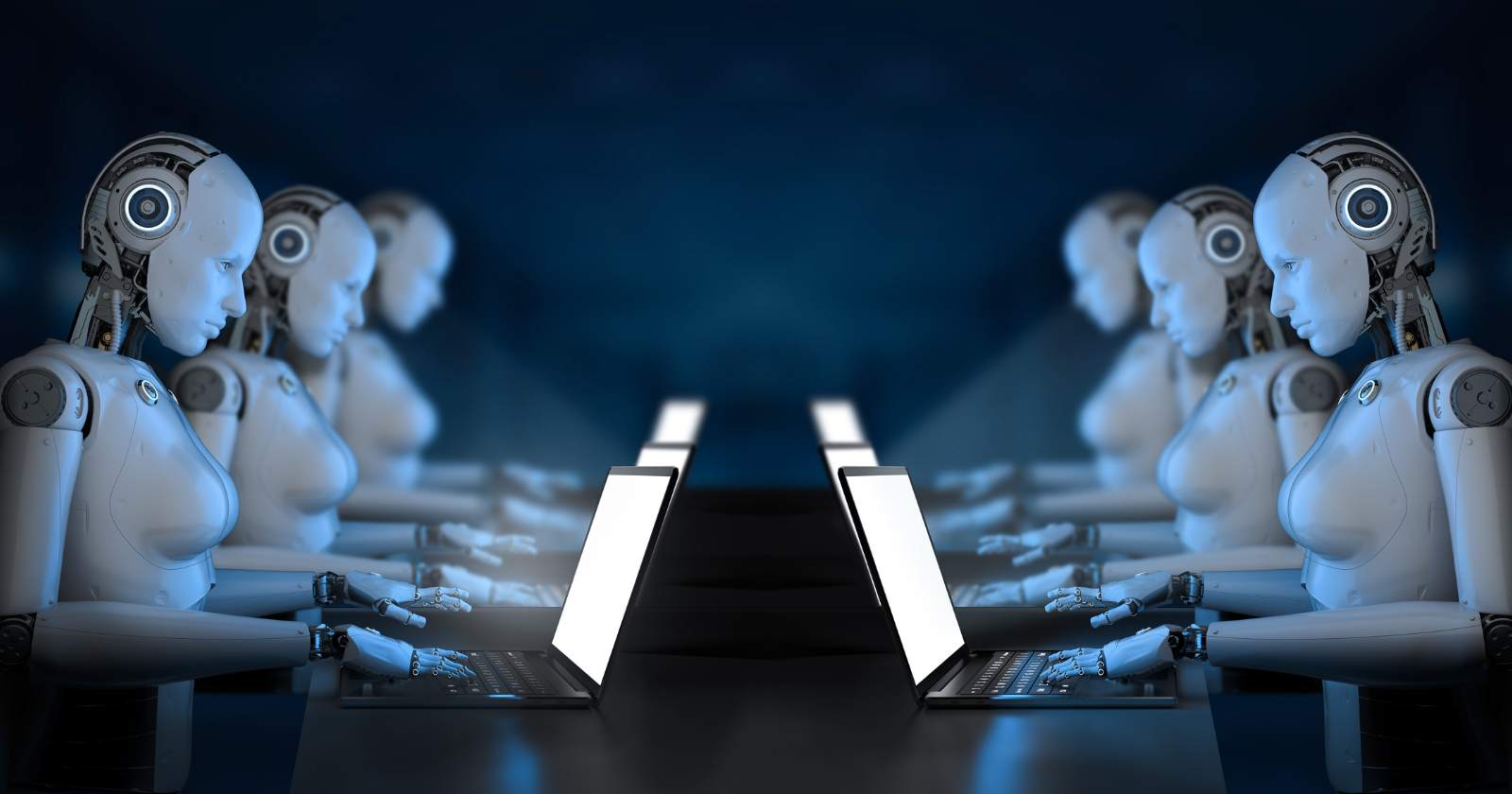Integrating AI Models into Existing Environments: A Guide for Businesses
 All Insights Pro
All Insights Pro
Computer vision technology has revolutionized how businesses operate, enabling them to analyze and understand visual data in real-time. However, integrating these models into existing environments can be complex, requiring careful planning and execution. Here are the key steps involved in integrating computer vision models into existing environments, highlighting the importance of AI deep learning in this process.
Identifying the Use Case
The first step in integrating computer vision models into existing environments is identifying the use case. This involves determining how the technology can solve a specific business problem or improve a particular process. For example, a retail business may use computer vision to improve inventory management, while a healthcare organization may use it to analyze medical images.
Choosing the Right Tools and Platforms
Once the use case has been identified, the next step is to choose the right tools and platforms. This may involve selecting a computer vision service or platform or building a custom solution using AI deep learning techniques. The choice will depend on the specific needs of the business and the resources available.
Collecting and Processing Data
The success of every computer vision project hinges on the essential aspects of data quality and quantity. This involves collecting images or videos relevant to the use case and processing them using specialized software. The data must be labeled accurately to ensure the models can learn from it effectively.
Training and Deploying the Model
The subsequent stage involves training the model with the gathered data using an appropriate algorithm or framework. The model must be evaluated and fine-tuned to ensure its accuracy and reliability. Once trained, the model can be deployed using an API, SDK, or web interface.
Integrating with Existing Systems
Integrating the computer vision model with existing systems is a critical step. This might entail integration with customer relationship management (CRM) software, enterprise resource planning (ERP) systems, or other business applications. The goal is to ensure that the computer vision model is fully integrated into the business workflow and can be used to make informed decisions.
Monitoring and Maintenance
Finally, monitoring and maintaining the computer vision model over time is essential. This involves tracking its performance, updating the model as needed, and ensuring it remains accurate and reliable. This is significant in sectors where precision is paramount, such as healthcare or finance.
Integrating computer vision models into existing environments requires careful planning and execution. Businesses can fully leverage computer vision by pinpointing use cases, selecting appropriate tools and platforms, gathering and processing data, training and deploying models, integrating with existing systems, and continuously monitoring and maintaining them.
AI deep learning is crucial, enabling businesses to analyze and understand visual data in real-time and make informed decisions.
Subscribe to my newsletter
Read articles from All Insights Pro directly inside your inbox. Subscribe to the newsletter, and don't miss out.
Written by
